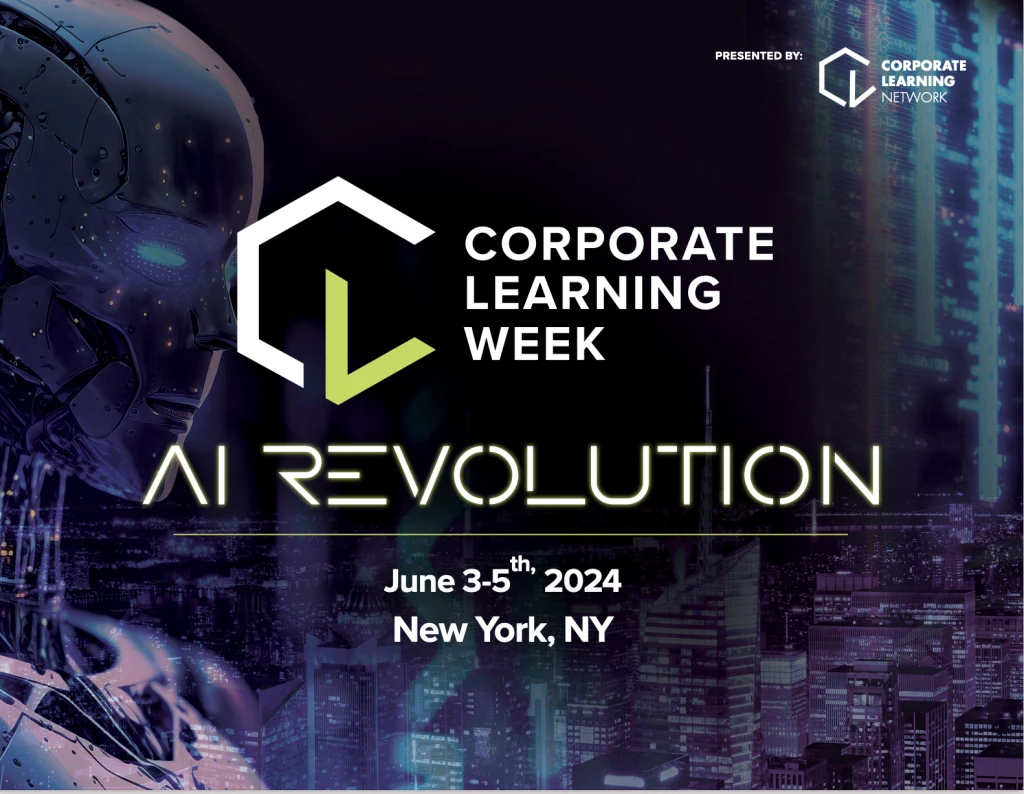Coca-Cola Uses Social Technology to Engage and Build Capability of its Workers
Add bookmark
Mark Kaestner, group director, talent portfolio management and learning development at The Coca-Cola Company, spoke about creating a social enterprise and an engaged workforce at Corporate Learning Week 2013, in Orlando, Florida.
Mark sat down to talk with us about the learning and training operations Coke has put into place into place in the year. Check out the interview below.
What did you speak about at this year’s conference?
I spoke about social technology and social learning and how we use that to build the capability of our associates, as well as how we use social learning and social technology to engage our associates.
What have you worked on at Coca-Cola in the last year in terms of learning and development?
We’ve been working on several things, specifically around social learning or social engagement. As we think about a multi-generational workforce, we continue to look for new ways to engage our associates and develop their capabilities.
So one of the things that we’ve been working on is: How do you build in the social technology or the social learning into the various programs that we offer to our associates to help build their capability?
You mentioned social technology. What kinds of other technologies do you have at play with your learning and development at Coca-Cola?
We use traditional e-learning, but I think what we’re trying to do is really take a 360 approach, commonly referred to as blended learning. So, being very purposeful in what we use for specific programs to make sure that we’re meeting those learning objectives. It may be a simulation; it may be an e-learning module; it may be a combination of those.
We introduced a business simulation this year that allows our mid-level managers to run the entire organization for three days, and then basically get feedback after each day that they run the simulation.
One of the things that we wanted to do is not have the simulation end after that three-day workshop. So the simulation continues for six months, and those associates that are in their learning teams, they’re an executive team. They keep meeting each month and they actually ping our system that then gives them a challenge that that particular executive team is facing. And then they have to give that response back.
It sounds like you're utilizing a lot of technology. How do you avoid using technology for technology’s sake?
That’s a great question, and as a learning community it’s easy for us to fall into the trap of, "Oh you know, let’s use gamification," or, "Let’s use e-learning," or, "Let’s use a simulation," or, "Let’s use all of them."
We’ve tried to be very purposeful in regards to really matching the technology with our learning objectives and what it is that we want to accomplish.
If we think that a course needs to be a blend of a simulation and also include some e-learning modules that may be done in advance, and then you have the classroom environment, and add on to that a social learning component.
If it requires all of those to have that 360 approach, and it’s purposeful and makes sense and achieves the objectives, then it makes sense to use that technology.
Looking at your workload, what do you find are the biggest challenges you face as a learning leader today? And what are you doing to address those challenges?
Those of us that in the learning profession are faced with lots of challenges. What I mean by that is the organization looks to us to be able to build the capability of the organization. You have to be able to prioritize what is going to be, those things that create a differentiation between you and your competitor from a capability perspective.
One of things I know that’s a big discussion in the learning community today is ROI. And that’s not just an L&D thing, that’s in every department. How do you, as a learning leader, show your department’s worth, or ROI, to executive level management?
We’re always challenged with how do we show value, or how do we show a return on investment for specific programs. Some programs are easier than others.
For instance, we developed this year a program for very senior leaders in our organization. And going into the design of that program I remember one of our most senior leaders saying, "We probably will not see a return on this program for several years." Now, we know what we’re looking for specifically from a measurement and metrics perspective, but we’re looking at the long term.
For some other programs, it’s actually much easier because you can tie it to a specific business metric. So if we increase the capability of this group then we should see increases in productivity, we should see decreases in turnover or increases in retention, or specific business metrics should improve.
So we're very deliberate in trying to make sure we identify one or two business metrics that can link directly and be influenced by the learning program that we are executing.





























